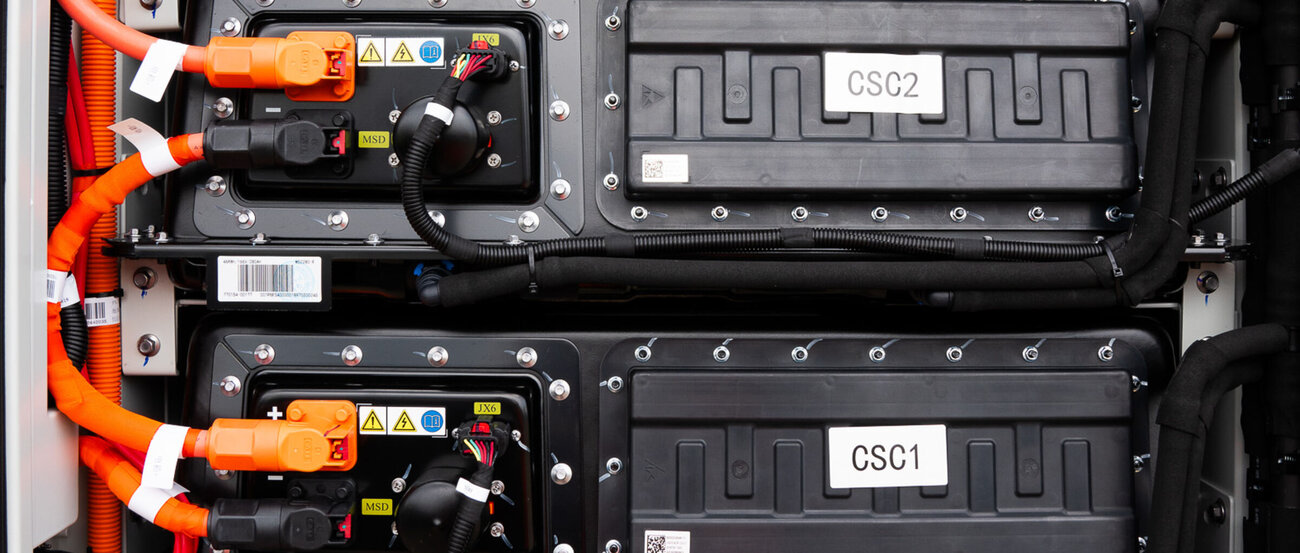
Battery Energy Storage Systems
Update
With the rise of renewable energy sources such as solar and wind, the demand for efficient, large-scale energy storage is growing rapidly. BESS are the key to accelerating the energy transition, but what does this mean in practice? In this article, we''ll answer four important questions about BESS that everyone should know.
1. What about fire safety of BESS installations?
Fire safety is one of the most critical aspects of energy storage systems. At SemperPower, safety is our top priority. Our BESS meet the highest safety standards, fully compliant with PGS 37-1 guidelines.
Unlike lithium-ion batteries in electric vehicles or e-bikes, our stationary BESS feature advanced fire detection and suppression systems at both the cell and cabinet levels. What makes our systems even safer, is the physical separation of sub-systems on-site, which reduces the risk of fire spread. Additionally, we securely house the systems to protect them from direct weather exposure.
Beyond regulatory compliance, we’ve developed proprietary Safety Protocols based on our operational experiences from projects Star, Pollux, and Castor, as well as regular fire drills.
At SemperPower, we don’t just meet standards – we set them, ensuring BESS are not only efficient but, above all, safe.
2. Do BESS installations cause noise pollution?
As more BESS projects are built closer to populated areas, concerns about noise pollution arise. In BESS installations, most noise is generated by cooling systems, inverters, and transformers. However, thanks to modern technologies, our installations are very quiet.
For example, at our Pollux project, the noise impact measured at 300 meters from the site boundary is only 40 dB(A) – comparable to a quiet suburban area. With future technological advancements, we expect to further reduce the noise impact of our systems.
3. How much land is required for a BESS installation?
One of the advantages of BESS, is that they require significantly less space compared to other renewable energy projects such as solar or wind farms. At SemperPower, we offer a compact solution: a 100 MW/200 MWh system requires only around 1.2 hectares. In comparison, a solar PV project with the same capacity would need approximately 80 hectares – more than 65 times the land!
A good example is our Pollux project, which occupies about half the size of a soccer field. BESS not only provide an efficient way to store energy, but they do so with minimal disruption to the landscape and existing infrastructure, making them a land-efficient choice for the energy transition.
4. How do BESS contribute to reducing CO2 emissions?
At SemperPower, sustainability is at the heart of our mission. Our operational BESS together reduce CO2 emissions by 15,400 tons annually – equivalent to taking 3,300 cars off the road for an entire year or powering over 4,600 households for a year.
By storing energy, we significantly reduce the reliance on fossil fuel-based power generation. This means that renewable energy sources like solar and wind can be used more efficiently. Without energy storage, much of this renewable energy would be lost, and we would still be dependent on gas-fired power plants. Our BESS projects not only accelerate the energy transition but also directly contribute to a cleaner, greener future.
BESS are essential for the future of energy. They provide solutions that are safe, quiet, space-efficient, and sustainable. At SemperPower, we are committed to accelerating the energy transition together. Let's create capacity!
